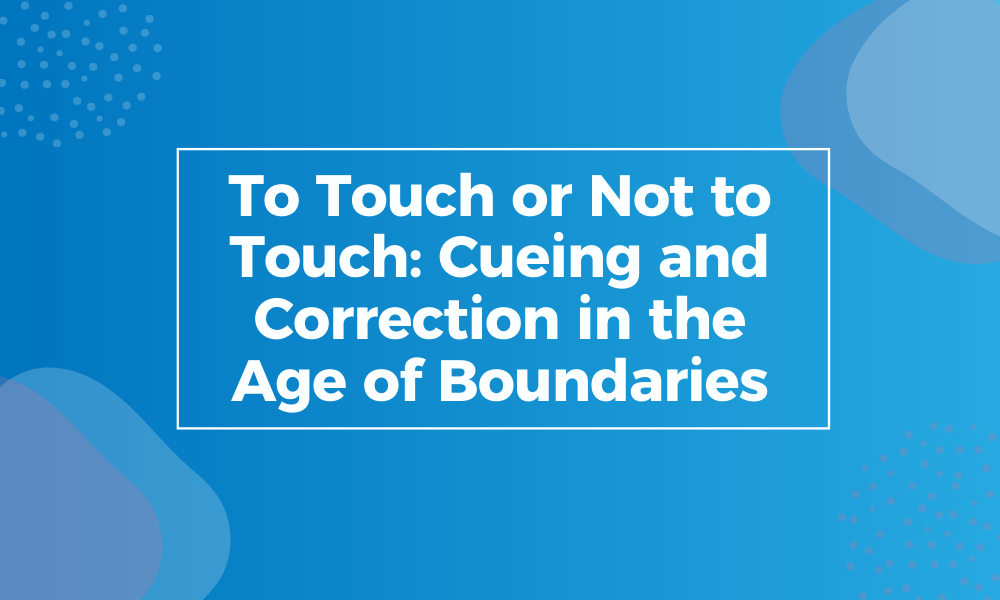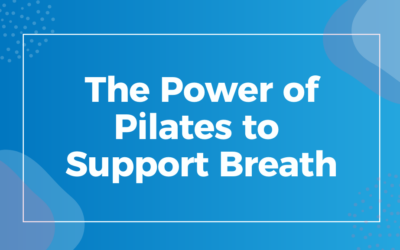
Karolina Schmid NCPT, YA E-RYT500
As a former sociology professor, I know there are different modes of learning: visual, auditory, and tactile. In the world of Pilates, many learn through a mixture of all three. In an age when touching can be triggering for some clients, it is up to you as the Pilates teacher to know what your client prefers.
It is customary in some countries for clients to put a chip or token on the edge of a map to signal to the teacher that verbal cueing is preferred. In others, asking “May I cue you?” or “May I touch you?” is the norm. Here in Switzerland, larger Pilates chains in have incorporated guidelines for touching in teacher contracts.
While many Pilates teachers are dismayed at the thought of no longer being able to do tactile cueing with their Reformer, Chair and Cadillac clients, these changes present an opportunity to expand your teaching style. One way to do that is to broaden verbal instruction, while another might be to add imagery to your teaching tools.
In the new era of the PMA where we seek to create a more inclusive industry, increasing dialogue with your clients to understand their comfort level and desired form of cueing is a worthwhile effort and can only strengthen your relationship with them.
Karolina Schmid NCPT, YA E-RYT500, is the owner of PILATESwiss Switzerland and the author of The Visceral Approach to Pilates. She serves on the PMA Board of Directors and is a former university sociology lecturer.




